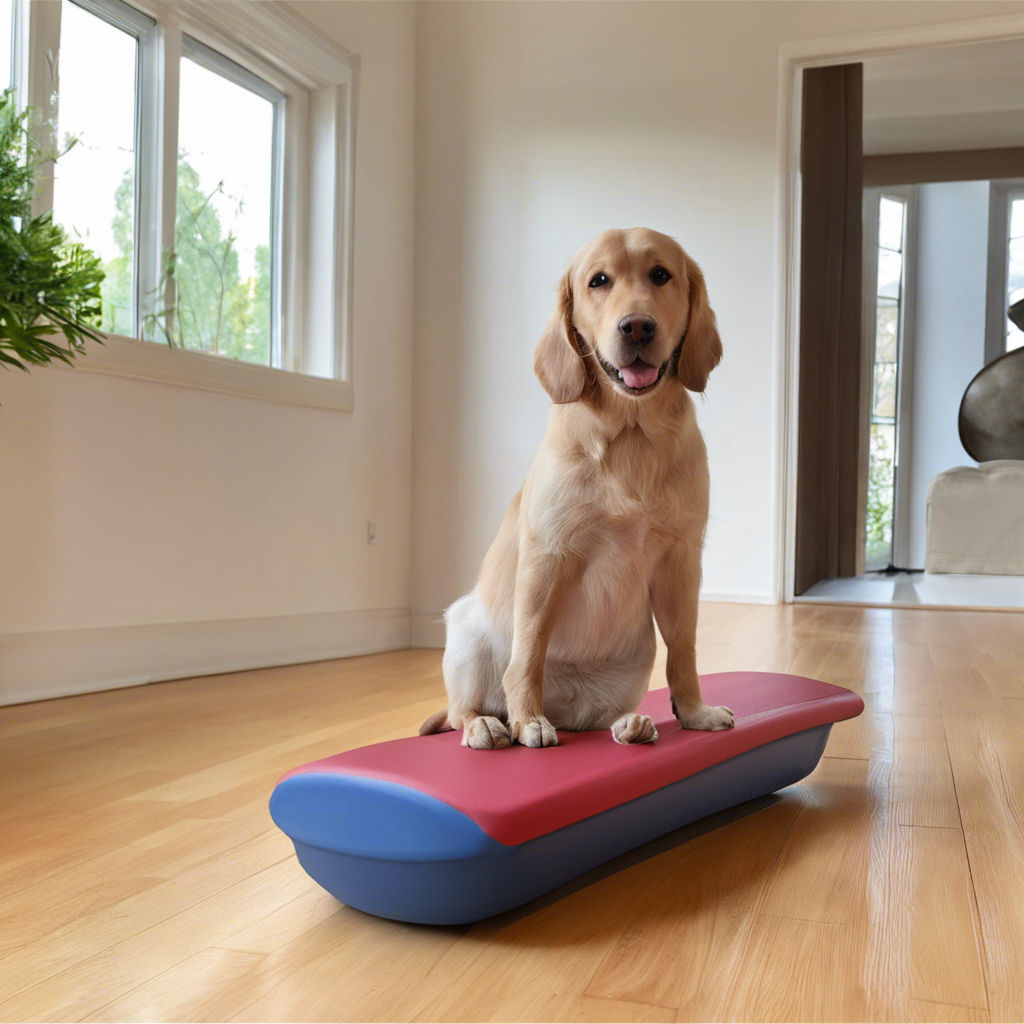Tel: 303-503-5839
9200 West Cross Dr, Suite 329, Littleton, CO 80123

Colorado Physical Therapy, LLC
Andrzej Lazarski, PT, Cert. MDT
SERVICES / TREATMENTS
Providing Everything You Need

SPINE PHYSICAL THERAPY
Spine Physical Therapy offers personalized treatment plans to help patients recover from injuries, after surgeries, and manage chronic pain. A variety of techniques, including therapeutic exercises, manual therapy, and modalities are used to help patients achieve their goals. Extensive education about spine conditions, proper posture, body mechanics, and mobility techniques is also provided.

TREATMENT FOR HIP, KNEE, SHOULDER, AND OTHER JOINT DISORDERS/PAIN
Treatments aim to relieve pain, restore function, and prevent further injury.
Shoulder:
Therapy focuses on exercises to improve range of motion, strength, and stability. Techniques may include rotator cuff strengthening, stretching, and mobilization exercises. Manual therapy and modalities such as modalities such as ultrasound, laser, electrical stimulation, or Kinesio Taping® can also be employed to reduce pain and inflammation.
Knee:
Treatment involves strengthening the muscles around the knee, particularly the quadriceps and hamstrings, to support the joint. Balance and proprioception exercises, along with stretching and manual therapy, help improve function and reduce pain. Modalities may also be used.
Hip:
Treatment includes exercises to enhance flexibility, strength, and stability of the hip muscles. Stretching, resistance training, and functional exercises are common. Manual therapy can help improve joint mobility, and modalities such as ultrasound, laser, and Kinesio Taping® can alleviate pain.
Other joints:
For other joints, such as the ankle, wrist, or elbow, therapy involves a combination of strengthening, stretching, and stabilization exercises tailored to the specific joint. Manual therapy techniques and pain-relief modalities are used as needed.



PHYSICAL THERAPY FOR FUNCTIONAL MOBILITY DECLINE
Physical therapy plays a crucial role in addressing functional mobility decline, which can result from various conditions such as aging, neurological disorders, musculoskeletal issues, or prolonged inactivity. The key components used to improve functional mobility are:
1. Assessment and evaluation:
A thorough evaluation to understand the patient's medical history, physical capabilities, limitations, and goals
2. Personalized exercise program:
-
Strength training: exercises to enhance muscle strength, focusing on major muscle groups, especially those involved in daily activities (e.g. leg and core muscles)
-
Flexibility exercises to improve range of motion in joints
-
Endurance training: activities like walking, cycling, or swimming to build cardiovascular fitness and stamina
3. Balance and coordination training:
-
Balance exercises: activities such as standing on one foot, heel to toe walking, and balance foam beam/BOSU ball exercises to improve stability
-
Coordination drills: tasks that improve hand-eye coordination and proprioception, such as catching and throwing balls, or using balance beams
4. Gait training
-
Walking drills: techniques to improve walking patterns, increase step length, and enhance foot clearance
-
Assistive devices: training on the use of a cane, walker, or orthotic devices if needed to improve mobility and safety
5. Functional task practice
-
ADL training: practice of activities of daily living (ADLs) like getting in and out of bed, negotiating stairs, and using the bathroom
6. Education and self-management
-
Patient education: teaching about the importance of physical activity, posture, and safe movement techniques
-
Home Exercise Programs: developing personalized routines that patients can perform at home to maintain and improve mobility
7. Monitoring and progression
-
Regular reevaluation: periodic assessments to track progress, adjust exercises, and ensure the program remains effective
HOME VISITS
Under special circumstances home visits are available on a case by case basis
